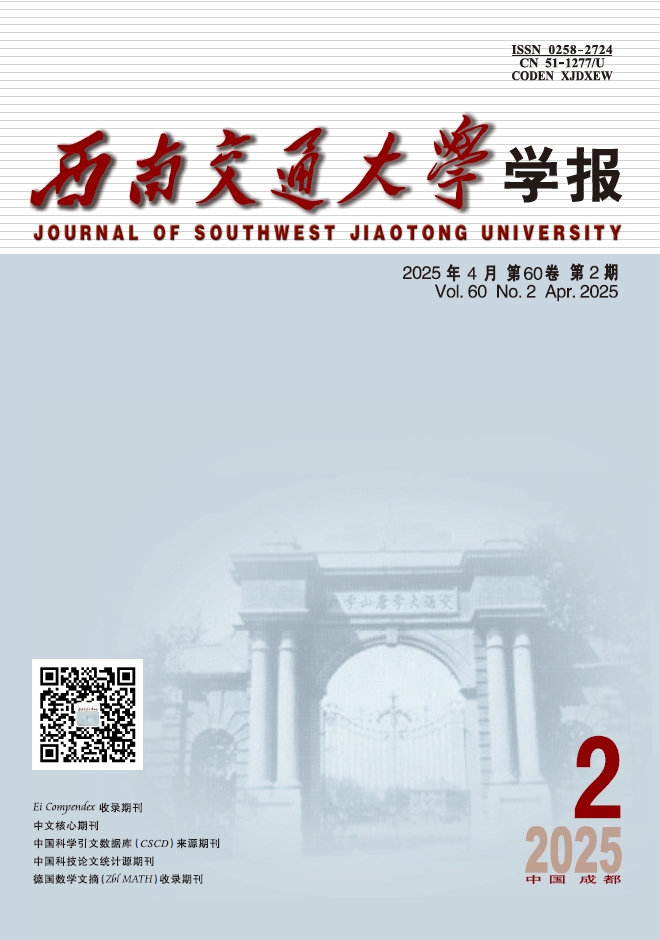2000 Vol. 13, No. 2
Display Method:
2000, 13(2): 111-115.
Abstract:
2000, 13(2): 116-120.
Abstract:
2000, 13(2): 121-125.
Abstract:
2000, 13(2): 126-128.
Abstract:
2000, 13(2): 129-132.
Abstract:
2000, 13(2): 133-136.
Abstract:
2000, 13(2): 137-140.
Abstract:
2000, 13(2): 141-144.
Abstract:
2000, 13(2): 145-147.
Abstract:
2000, 13(2): 148-151.
Abstract:
2000, 13(2): 152-157.
Abstract:
2000, 13(2): 155-159.
Abstract:
2000, 13(2): 160-163.
Abstract:
2000, 13(2): 165-169.
Abstract:
2000, 13(2): 170-173.
Abstract:
2000, 13(2): 174-178.
Abstract:
2000, 13(2): 179-182.
Abstract:
2000, 13(2): 183-187.
Abstract:
2000, 13(2): 188-191.
Abstract:
2000, 13(2): 192-195.
Abstract:
2000, 13(2): 196-200.
Abstract:
2000, 13(2): 201-203.
Abstract:
2000, 13(2): 204-208.
Abstract:
2000, 13(2): 212-215.
Abstract:
2000, 13(2): 216-219.
Abstract:
2000, 13(2): 220-223.
Abstract:




 Advance Search
Advance Search
 Email alert
Email alert RSS
RSS [Abstract]
[Abstract] Supplements
Supplements [Cited By]
[Cited By]